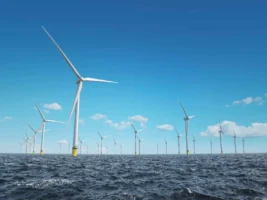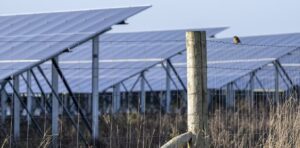I wonder who will be first to actively promote an easy-to-add-on storage and smarts package for existing rooftop PV owners?
This makes good business sense because hundreds of thousands of PV owning households are getting only 8 to 10 cents per kilowatt-hour for their exports, while paying 30 to 50 cents for energy in peak periods. These people are already committed to PV and frustrated with the efforts of the electricity industry and its policy makers to undermine their financial returns.
A second area for storage that I haven’t seen discussed is at the micro-level, building storage into appliances, or integrating (or plugging in) storage into local wiring within a building. This limits peak demand charges, offers potential savings on upgrading wiring and reduces wiring resistance losses in existing buildings.
Advances in supercapacitors may play a key role here. New Mazda cars use them instead of batteries for energy recovery and storage, and the CSIRO-developed UltraBattery uses supercapacitors to mediate between the battery and the load, to extend battery life and reduce losses. Research on graphene also seems likely to improve supercapacitor performance.
One example of this potential is in the installation of induction cooktops in existing homes. Most induction cooktops have ‘boost’ modes that can use over 3 kilowatts per pot, so manufacturers can claim they heat up quicker than gas.
This potentially high peak demand can require upgrading of wiring back to the circuit breakers or even back to the street. But the amounts of energy required are not particularly large, so quite small amounts of storage would make a difference. For example, to boil two litres of water on an induction cooktop consumes less than a quarter of a kilowatt-hour.
A proviso is that the benefits must be balanced against the losses in the storage system.
When you look at the fine detail, the economics of appropriately designed distributed storage solutions could be much better than many expect.
Alan Pears teaches part time at RMIT University and is co-director of Sustainable Solutions, a small consultancy. This article is an excerpt from a large piece originally published in the Alternative Technology Association’s ReNew magazine.










